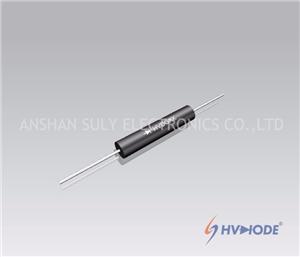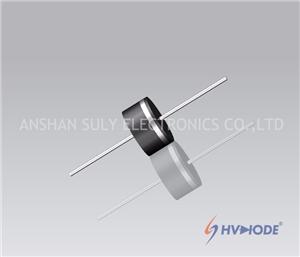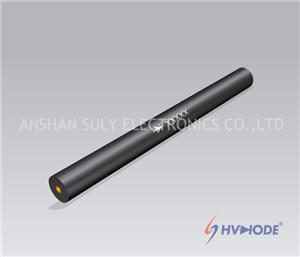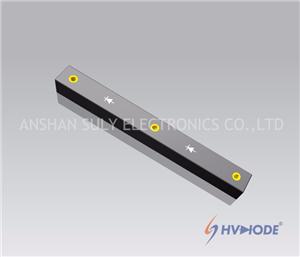The Voltage of High Voltage Diode
Voltage is the pressure from an electrical circuit's power source that pushes charged electrons (current) through a conducting loop, enabling them to do work such as illuminating a light.
In brief, voltage = pressure, and it is measured in volts (V). The term recognizes Italian physicist Alessandro Volta (1745-1827), inventor of the voltaic pile—the forerunner of today's household battery.
In electricity's early days, voltage was known as electromotive force (emf). This is why in equations such as Ohm's Law, voltage is represented by the symbol E.
Alternating current voltage (represented on a digital multimeter by ):
Flows in evenly undulating since waves, AC voltage
Reverses direction at regular intervals.
Commonly produced by utilities via generators, where mechanical energy—rotating motion powered by flowing water, steam, wind or heat—is converted to electrical energy.
More common than dc voltage. Utilities deliver ac voltage to homes and businesses where the majority of devices use ac voltage.
Primary voltage supplies vary by nation. In the
Some household devices, such as TVs and computers, utilize dc voltage power. They use rectifiers (such as that chunky block in a laptop computer's cord) to convert ac voltage and current to dc.
Generator
Generators convert rotating motion into electricity. The rotary motion is commonly caused by flowing water (hydroelectric power) or steam from water heated by gas, oil, coal or nuclear power.
Direct current voltage (represented on a digital multimeter by V line dash and mV):
Travels in a straight line, and in one direction only.
Commonly produced by sources of stored energy such as batteries.
Sources of dc voltage have positive and negative terminals. Terminals establish polarity in a circuit, and polarity can be used to determine if a circuit is dc or ac.
Commonly used in battery-powered portable equipment (autos, flashlights, cameras).
Reference: Digital Multimeter Principles by Glen A. Mazur, American Technical Publishers.







